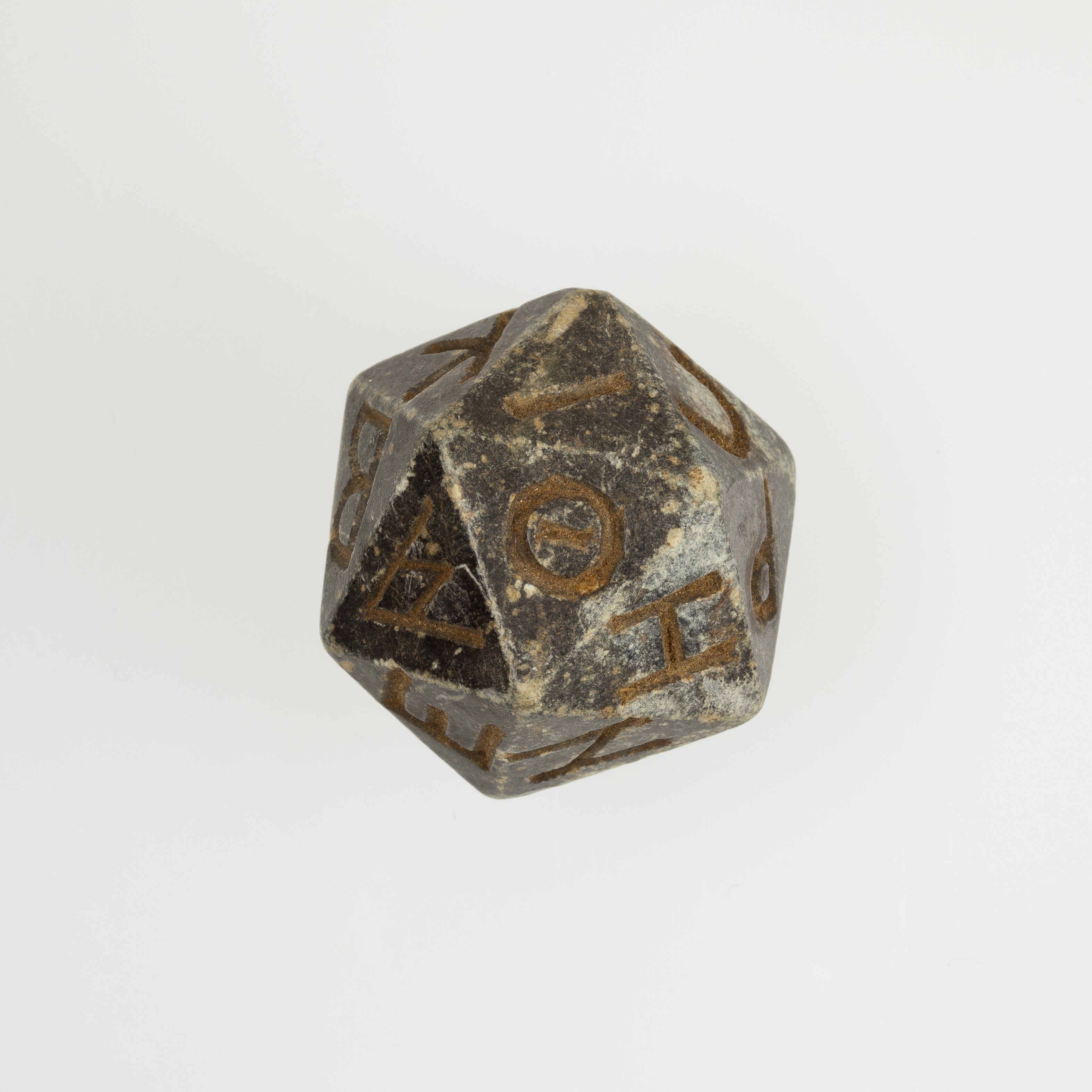Will Noel, former manuscripts curator at The Walters Museum and newly-appointed Director of Special Collections Center and SIMS at Penn, has spoken eloquently and persuasively about the benefits of making this data freely available. Digital humanities has enhanced medieval studies enormously. Making the PL and MGH searchable on-line has the potential to rejuvenate the history of ideas, and making manuscript images usable by many people promotes collaboration and scholarship and increases the net amount of delight and beauty in the world. Not bad.
And, in honor of the feast of Thanksgiving, here's another feast:

The meeting of Lancelot and Guinevere, in Lancelot do lac, Royal MS 20 D.iv. British Library.


